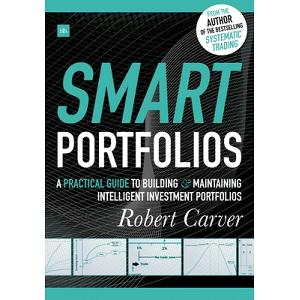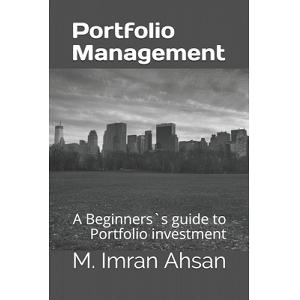What is the expected return on a portfolio which comprised of RM 4,000 in stock M and RM 6,000 in stock N if the economy enjoys a boom period?
| state of economy | probability of State of Economy | Return if State Occurs | |
| | | Stock M | Stock N |
| Boom | 10% | 18% | 10% |
| Normal | 75% | 7% | 8% |
| Recession | 15% | -20% | 6% |
Answer:
 To calculate the expected return on a portfolio comprised of RM 4,000 in Stock M and RM 6,000 in Stock N, we will follow these steps:
To calculate the expected return on a portfolio comprised of RM 4,000 in Stock M and RM 6,000 in Stock N, we will follow these steps:- Calculate the total value of the portfolio.
- Determine the expected return for each stock based on the given probabilities and returns.
- Calculate the weighted expected return for the portfolio.
Step 1: Calculate Total Portfolio Value
The total value of the portfolio is:Step 2: Calculate Expected Returns for Each Stock
We will calculate the expected return for each stock using the formula:For Stock M:
- Boom: Probability = 10%, Return = 10%
- Normal: Probability = 75%, Return = 7%
- Recession: Probability = 15%, Return = -20%
Calculating each term:
- Boom:
- Normal:
- Recession:
For Stock N:
- Boom: Probability = 10%, Return = 18%
- Normal: Probability = 75%, Return = 8%
- Recession: Probability = 15%, Return = 6%
Calculating each term:
- Boom:
- Normal:
- Recession:
Step 3: Calculate Weighted Expected Return for the Portfolio
Now we can calculate the overall expected return for the portfolio based on the investments in each stock.Weights of Each Stock in the Portfolio
- Weight of Stock M:
- Weight of Stock N:
Portfolio Expected Return
Using the weights and expected returns calculated:Substituting in the values:
Calculating each term:
- For Stock M:
- For Stock N:
The expected return on your portfolio is approximately 6.52% under the given economic conditions and probabilities for Stocks M and N.
- The rate of return on the common stock of Flora Flowers is expected to be 14% in a boom economy, 8% in a normal economy, and only 2% in recessionary economy. The probabilities of these economic states are 20% for a boom, 70% for a normal economy, and 10% for a recession. What is the variance of a return on the common stock of Flora Flowers?
Answer:
To calculate the variance of the return on the common stock of Flora Flowers, we will follow these steps:
- Calculate the expected return (mean return) based on the probabilities and returns for each economic state.
- Calculate the variance using the expected return and the returns in each state.
Step 1: Calculate Expected Return
The expected return is calculated using the formula:Given Data
- Boom: Probability = 20% (0.20), Return = 14% (0.14)
- Normal: Probability = 70% (0.70), Return = 8% (0.08)
- Recession: Probability = 10% (0.10), Return = 2% (0.02)
Calculating each term:
- Boom:
- Normal:
- Recession:
Step 2: Calculate Variance
Variance is calculated using the formula:Calculating each term:
- For Boom:
- Return = 14% (or 0.14)
- Deviation from mean:
- Contribution to variance:
- For Normal:
- Return = 8% (or 0.08)
- Deviation from mean:
- Contribution to variance:
- For Recession:
- Return = 2% (or 0.02)
- Deviation from mean:
- Contribution to variance:
Calculating this gives:
- Assuming the CAPM or one – factor model holds, what is the cost of equity for a firm if the firm’s equity has a beta of 1.2, the risk – free rate of return is 2%, the expected return on the market is 9%, the the return to the company debt is 7%?
Answer:
To calculate the cost of equity for a firm using the Capital Asset Pricing Model (CAPM), we can use the following formula:
Where:
- = Risk-free rate
- = Beta of the firm’s equity
- = Expected return on the market
Given Data
- Beta (): 1.2
- Risk-Free Rate (): 2% or 0.02
- Expected Return on the Market (): 9% or 0.09
Step 1: Calculate the Market Risk Premium
The market risk premium is calculated as:Step 2: Calculate the Cost of Equity
Now we can substitute the values into the CAPM formula:Substituting in the values:
Calculating :
Now adding this to the risk-free rate:

No comments:
Post a Comment